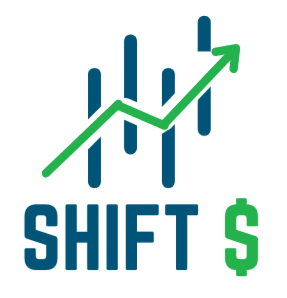
Related News
Digital Transformation – Healthcare
Digital Transformation – Mobility Support
Data Privacy Program – Financial Organization
Leveraging Financial Information – Generative AI
How metadata management helped an exchange to minimize business disruption
The Need for Change
A major trading exchange found itself entangled in a complex web of settlement calendar management challenges across its application ecosystem. The ripple effects of even minor application changes were severe, triggering significant operational downtime due to critical gaps in their data architecture: no visibility into data lineage and poorly documented data flow processes.
As trading volumes increased and regulatory requirements tightened, these information gaps posed mounting operational and compliance risks. Settlement processes—the backbone of any trading exchange—were particularly vulnerable to disruption, threatening the organization’s reputation and financial stability.
The exchange urgently needed a comprehensive solution combining data lineage mapping, metadata management, and master data management capabilities to address these interconnected challenges and establish a foundation for reliable operations.
The Blueprint
We approached this metadata management initiative as an integral component of a broader master data management strategy, beginning with a holistic examination of business processes and their critical touchpoints generating data throughout the trade lifecycle—from initiation through settlement.
The exchange’s data ecosystem relied heavily on Extract, Transform, and Load (ETL) processes for data orchestration. We leveraged specialized connectors available in our off-the-shelf metadata management platform to systematically extract both physical data attributes and data pipeline metadata, constructing a comprehensive technical data dictionary that mapped the entire information landscape.
To develop a truly complete 360° view of each data attribute, we engaged extensively with business stakeholders across departments. This collaborative approach captured crucial contextual elements including business definitions, recognized synonyms, derivation formulas, business domain classifications, ownership assignments, and stewardship responsibilities—establishing the foundation for a robust data governance framework.
The Big Win
The implementation created a unified repository for all business data attributes, serving as a single source of truth for both business and technology teams across the organization. This democratized data access and understanding, as an expanding community of data consumers gained clarity about critical data elements. The program delivered transformative results:
- Comprehensive Settlement Data Governance: Established complete visibility and governance for all settlement-related data attributes through well-defined processes, eliminating previous blind spots.
- Enhanced Change Management: Dramatically improved change management and governance processes by enabling accurate assessment of application changes’ downstream impacts, reducing unplanned downtime.
- Effective Master Data Control: Empowered the master data management and governance initiatives to achieve their intended outcomes through meticulous management of individual data attributes and their connections to source transactional systems.
- Contextual Data Flexibility: Successfully supported both unified entity views and department-specific perspectives, acknowledging that different business units legitimately use identical data attributes in varied contexts for their reporting needs.
- Enterprise-Wide Data Standardization: Facilitated the harmonization of previously diverse data models across the organization, establishing a cohesive enterprise data architecture that reduced redundancy and inconsistency.




